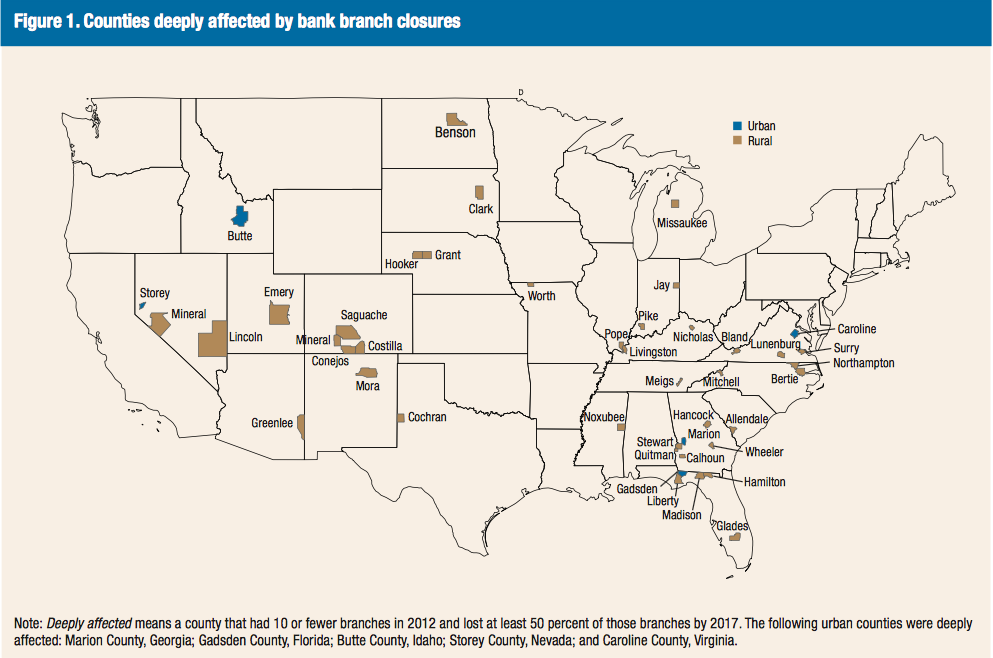Member Exclusive
Research: Bank branches are disappearing from rural America
- Banks continue to close branches around the US.
- While many communities have fewer branches today, poorer, more rural communities are hit the hardest.








